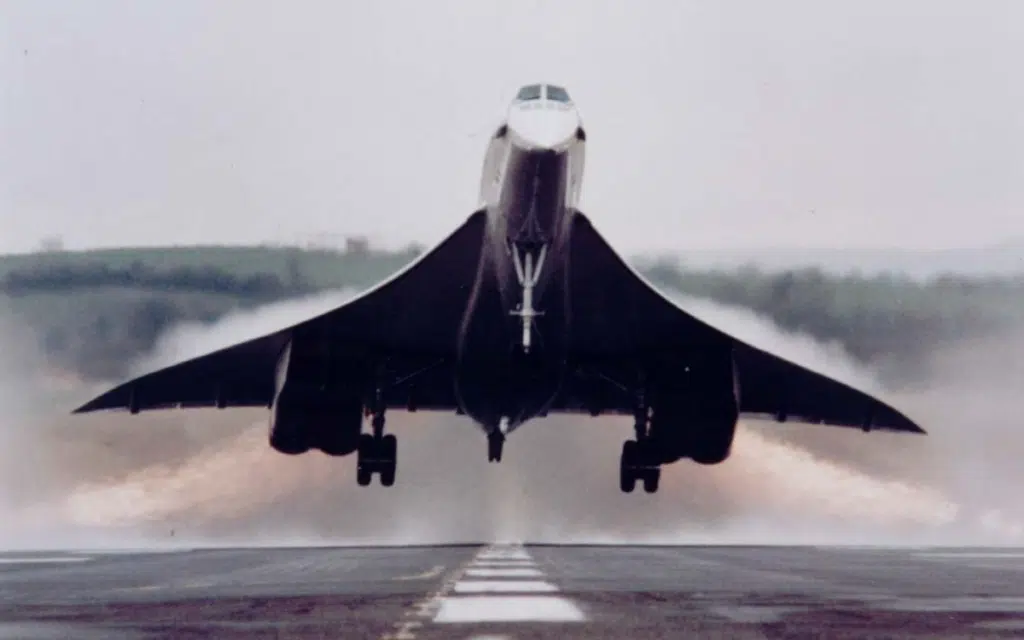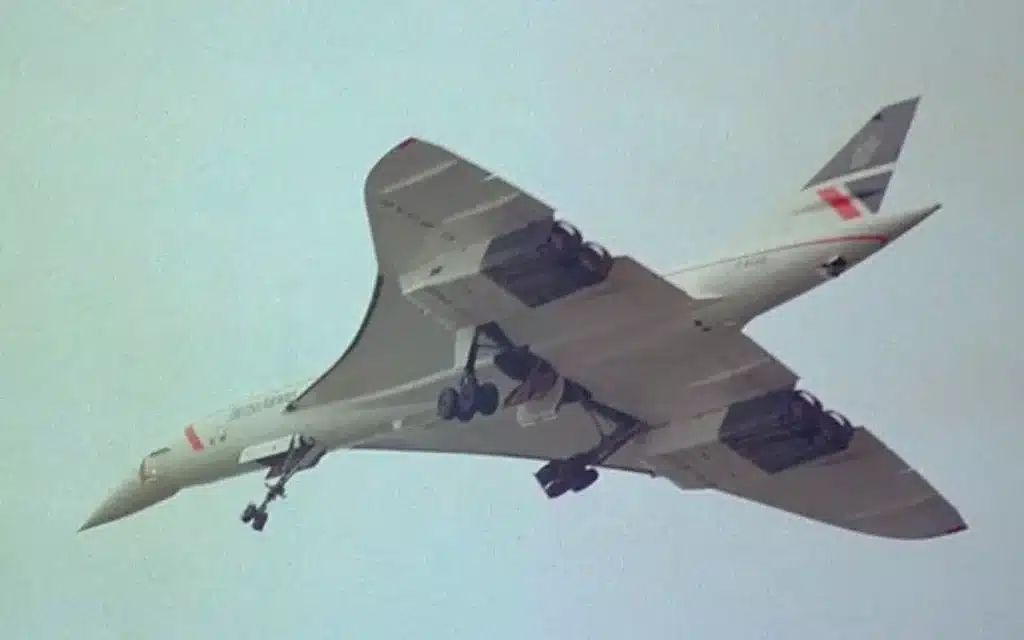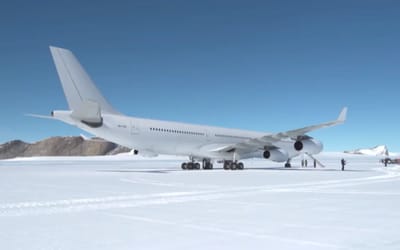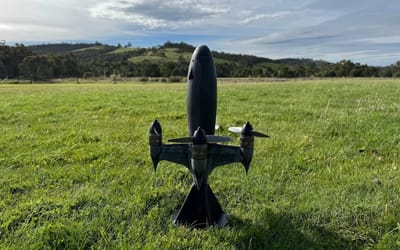Close-up runway footage of Concorde landing after 1,354 mph flight has to be seen to be believed
Published on Aug 01, 2025 at 4:28 PM (UTC+4)
by Alessandro Renesis
Last updated on Aug 01, 2025 at 8:49 PM (UTC+4)
Edited by
Amelia Jean Hershman-Jones
Watching the first and only commercial supersonic aircraft is always special, and seeing a Concorde landing is one of the most amazing experiences in aviation.
The plane had a maximum speed of Mach 2.04 – equivalent to 2,180KM/H – over twice the speed of sound.
It looked spectacular in the air, spectacular when parked, and even more striking when it was moving.
It’s such a shame it no longer flies.
DISCOVER SBX CARS: The global premium car auction platform powered by Supercar Blondie
You have to see it to believe it
Concorde felt and sounded like the end of the world upon landing.
As you can see from the clip above of the Concorde landing, courtesy of Patrick Mack, it blew the hats off spectators, and its wheels touching the runway sounded like an explosion.
Ironically, the plane’s noise – especially its sonic boom – was one of the few reasons why it was eventually retired.
For many years, the aircraft was the fastest way to travel across the Atlantic, reaching New York from London in under four hours.

It was refined but not lush, with large, comfortable seats for up to 128 passengers.
Today’s first-class seats might be more luxurious, but no plane is as fast as Concorde.
Why Concorde no longer flies
Back when flying Concorde was a thing, the world thought supersonic flights would become the norm.
But several factors, from ticket prices to a catastrophic crash in 2000, led to the plane’s demise.
The cost of a ticket was astronomically high, costing about $12,000 in today’s money for a round trip across the Atlantic.
The original Concorde took its last journey in 2003 after entering service in 1976, but the plane’s icon status remains intact.

To this day, Concorde is still the only commercial supersonic aircraft.
Fortunately, after two decades, NASA just unveiled a revolutionary ‘quiet’ jet set for commercial supersonic flights.
The typically loud supersonic boom is reduced, which was one of the key issues.
Now, NASA, Boom, and all other companies working on supersonic jets just have to figure out a way to make the ticket affordable.




